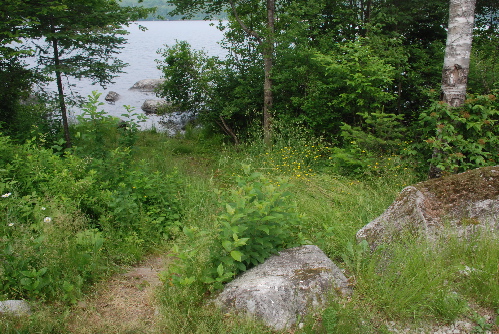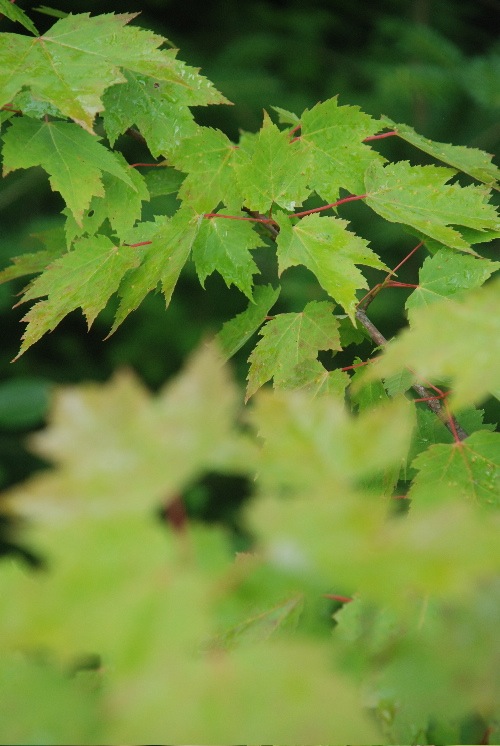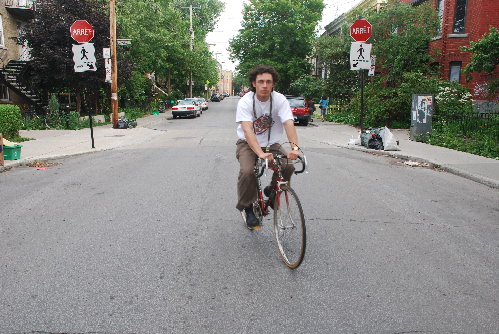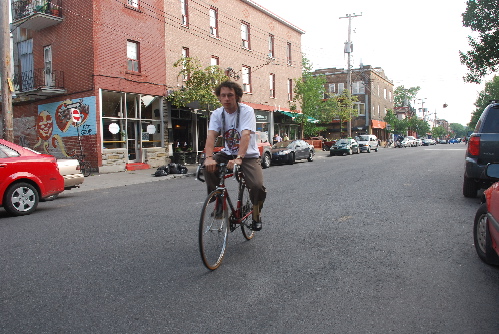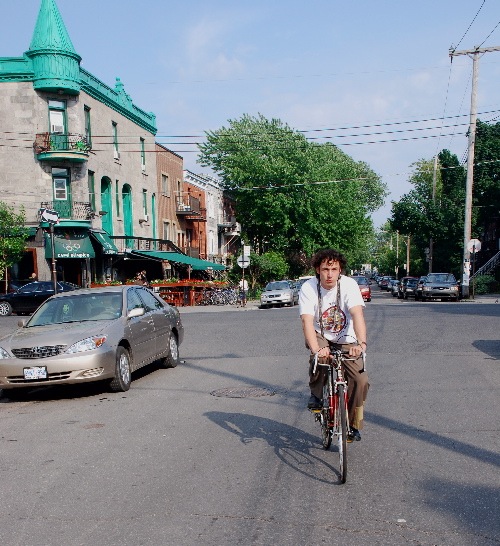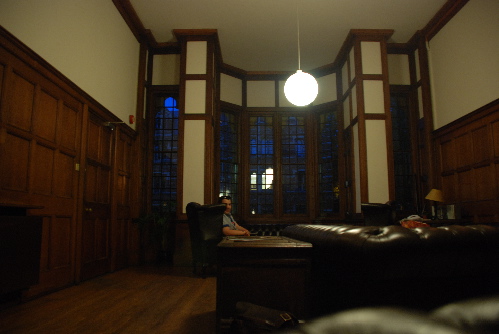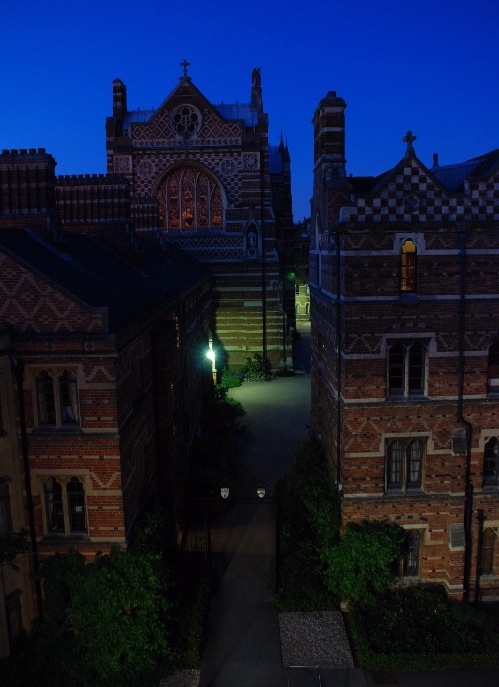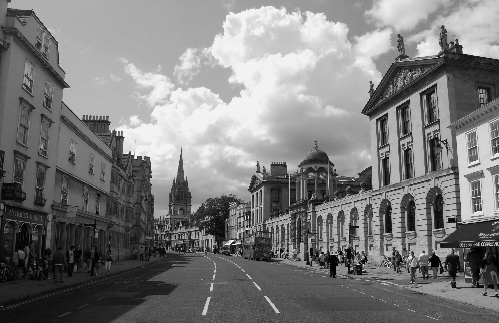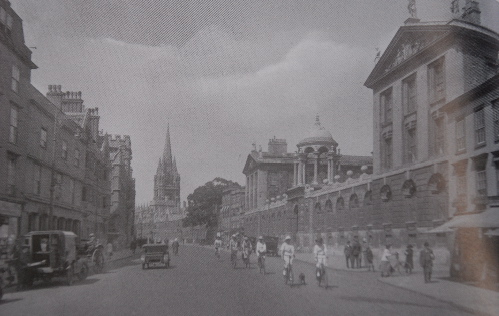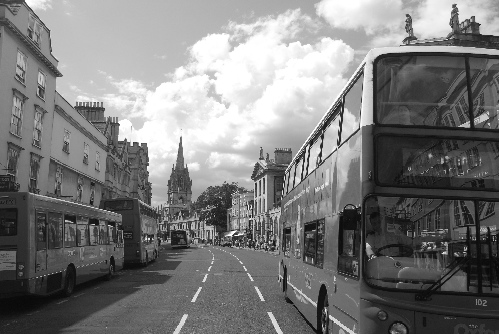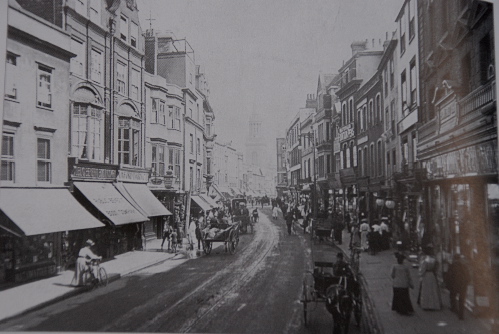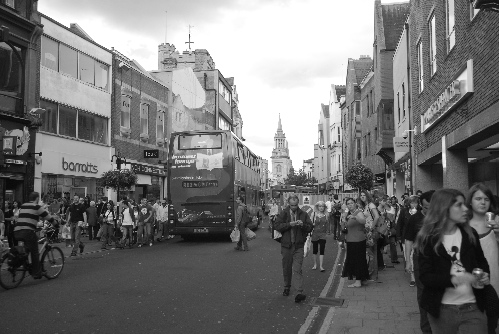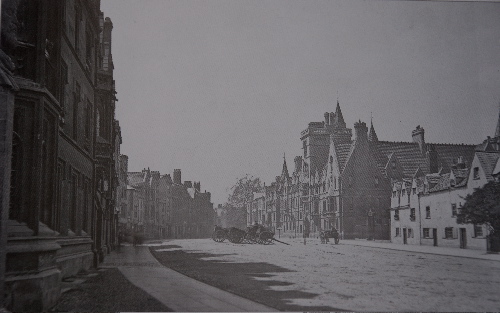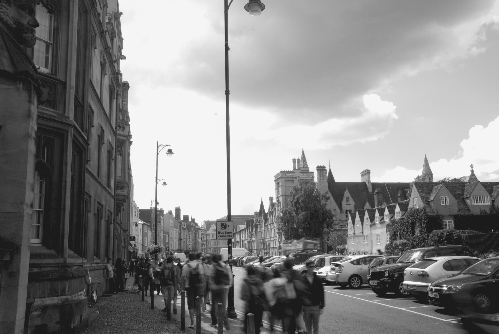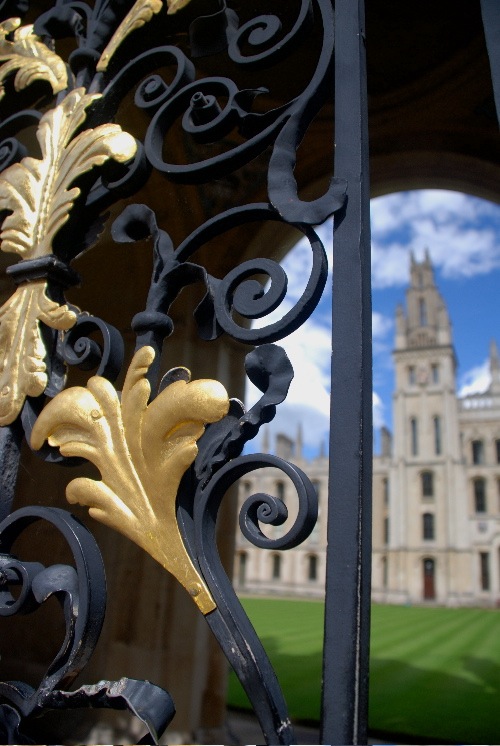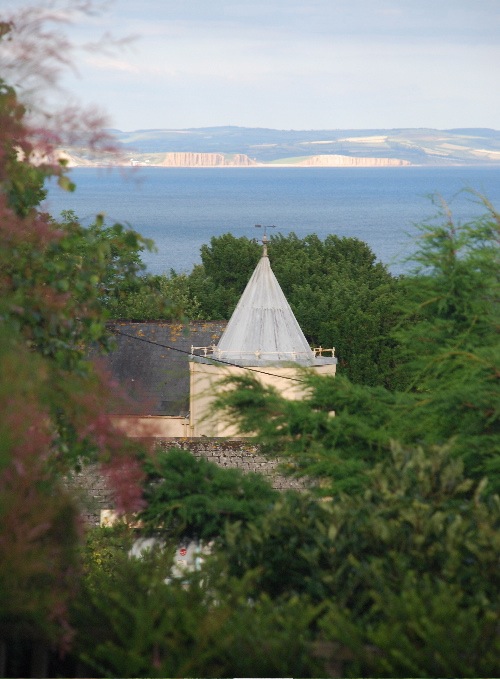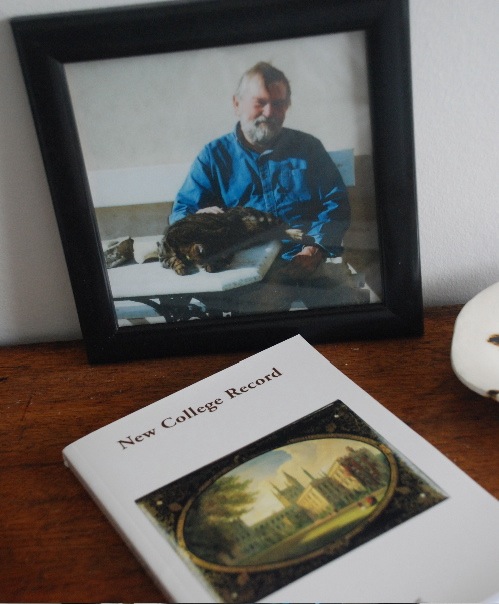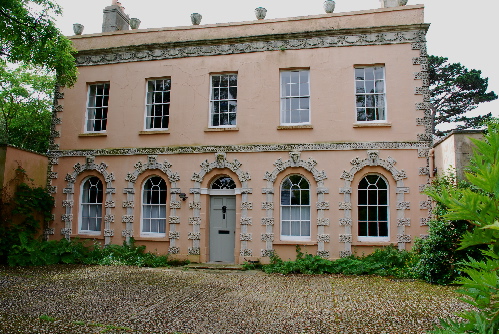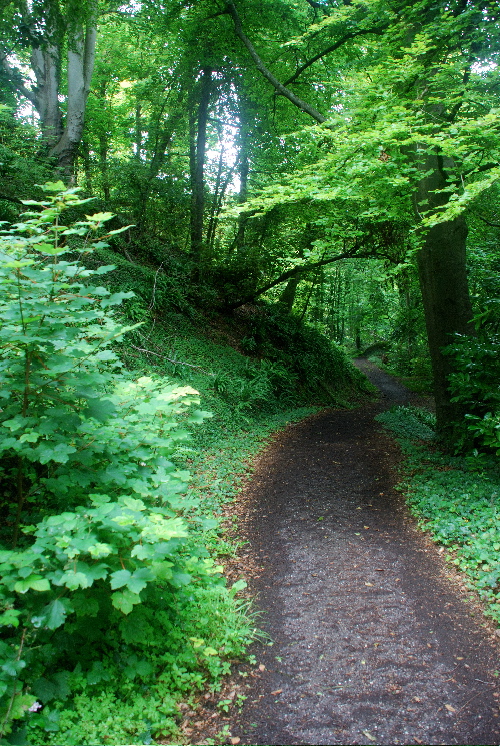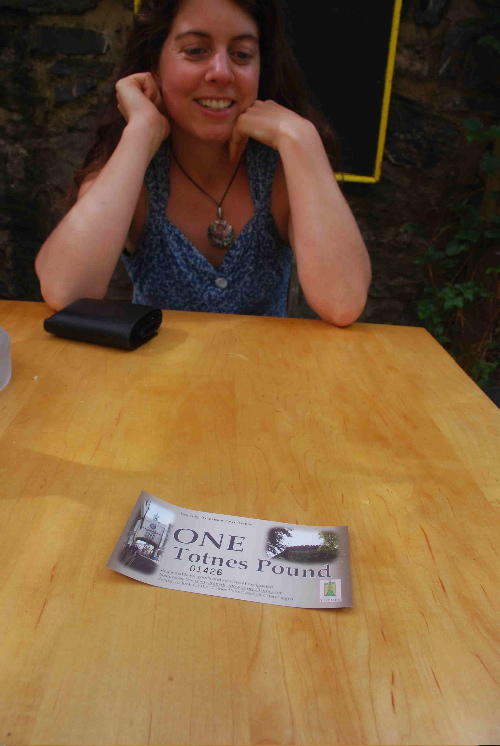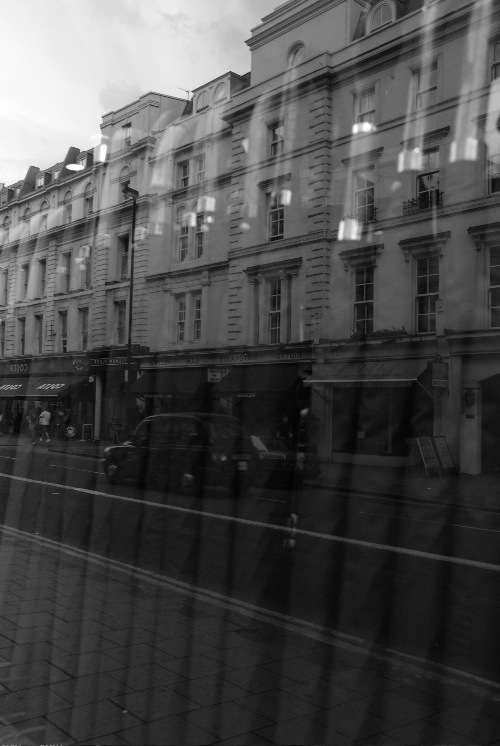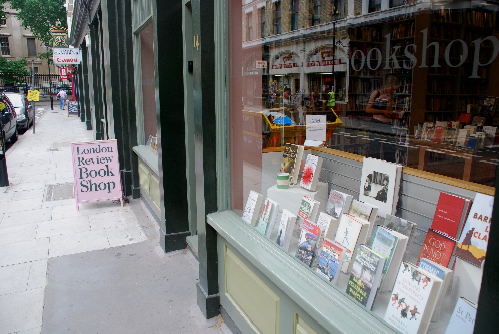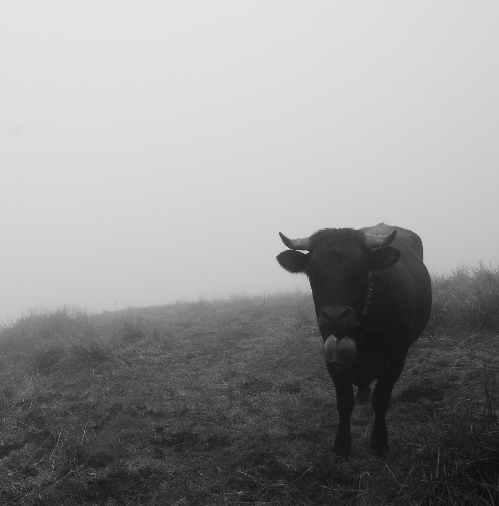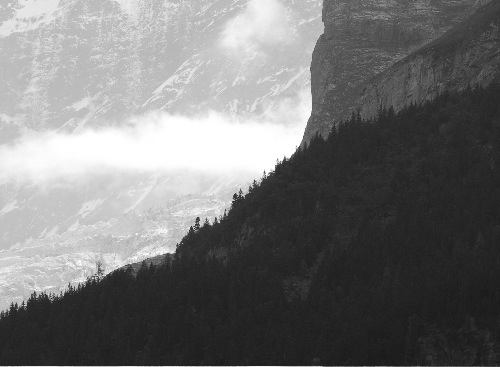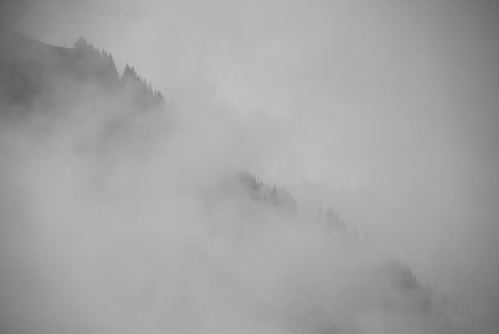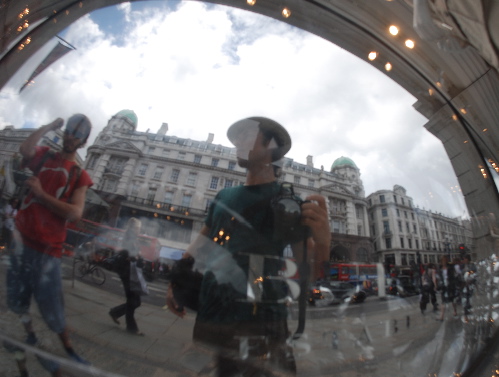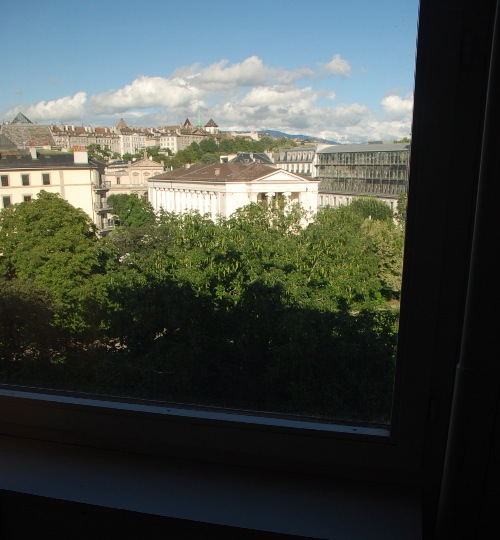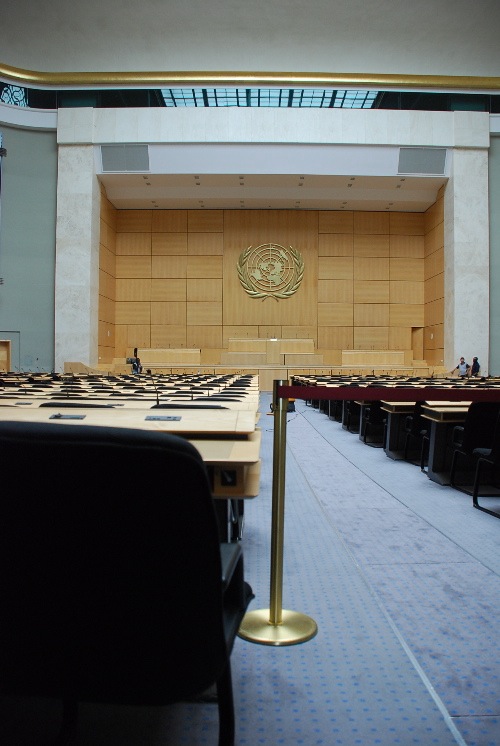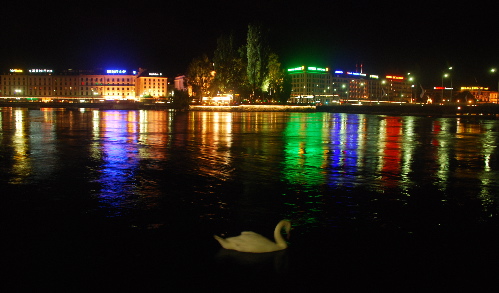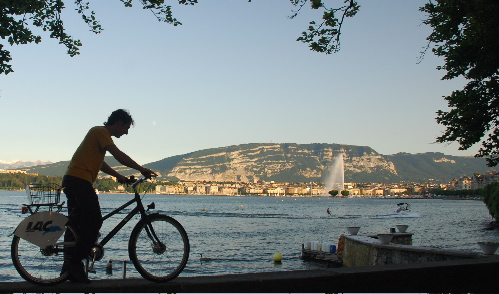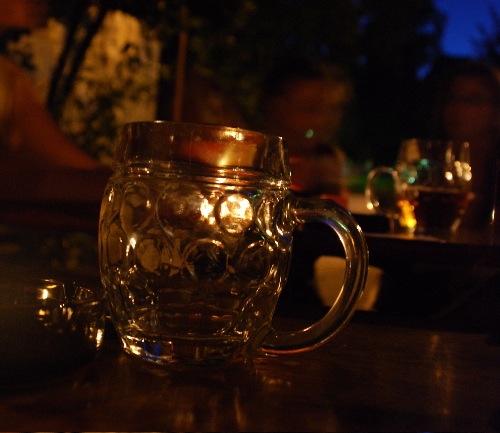‘I hate a man who skins the land.’
Franklin D. Roosevelt said that, many years ago. This last week I was camping at Townshend State Park in southern Vermont and I noticed this lovely old stone retaining wall.
I asked the ranger about it, and he told me it had been built in the 1930s by members of the Civilian Conservation Corps, a government program for unemployed young men during the depression. I remembered learning in my high school history classes about this initiative of FDR, and the way in which the CCC had built many state park facilities, as well as planting lots of forests around the country. FDR was a great president, the greatest conservationist president ever. ‘I hate a man who skins the land.’ When he found out that he was the next president of the USA he had just been called down from a hike up a mountain in the Adirondacks. The mud from the mountain trail was still clinging to his boots when he was given the news. It was good to see this small but pleasing legacy of the Civilian Conservation Corps in Townshend State Park.
I grew more and more tired of seeing American flags draped off the front of people’s homes as we wound through the wooded valleys of Vermont. They’re everywhere to the extent that not flying one would look like an act of rebellion. But on a more positive note, I can report that the number and quality of state parks – places which have a camping ground and an area of protected land – in New England is very impressive. This system of protected areas and camping grounds must be the best in the world, or one of the best.
I loved the first night of the trip in Meadowland state park, near Lake Placid. The gentle floor of fallen pine needles, the deep green maze of maple and coniferous forest stretching out a few metres from the tent. The grey clouds floating slowly over the mountains and the valleys, valleys on the other sides of the mountains around us that you just knew were devoid of humanity, and only busy with the activities of other life forms. The tiny, striped chipmunks chattering and chirping and running up to our ankles. As I lay in my sleeping bag that night I thought of the tall, wooded Adirondacks leaning in above me, all around me, and I felt safe and contented.
Coming down out of the Adirondacks into the Champlain Valley and north-eastern Vermont was a clear transition between bioregions. From the tall hills (mountains, but without the craggy majestic peaks you might hitch to that word), down to the lake and then the horizon opens on the other side into open, very green and very pastoral space. The air was hot. Haze hung over the hills. We went to the south of Vermont where we were back in wooded valleys, but this time without the strongly coniferous and mountainous feeling of the Adirondacks – this was the Green Mountains. This place is very beautiful. There is seemingly endless woods, with a white, wooden boarded nineteenth century house here and there along the road. We swam in a river and the water flowed over the skin with a cool, refreshing feeling. The architecture is like the Etruscans of ancient Italy, it is lovely, but won’t last for hundreds of years like stone architecture – and that transience adds to its charm.
I read Wondering Home, Bill Mckibben’s book about walking through this area. He lives in Vermont and loves the place. As he walks he visits little organic farmers, sustainable forestry projects, and maple syrup farms, suggesting that this is one of the best places in the world where restrained and humane inhabitation on the land is concerned. I have to say I didn’t see that on my journey through the state, but then I was there only briefly and didn’t investigate deeply. It kind of makes sense though, considering that, along with northern California, Vermont was one of the key places where the American hippy back-to-the-land types of the 1960s and 1970s moved out from the cities to settle in. In Vermont you’re in a rural arcadia of sorts and it is hard to imagine that only three hours or so by car away is downtown New York.



